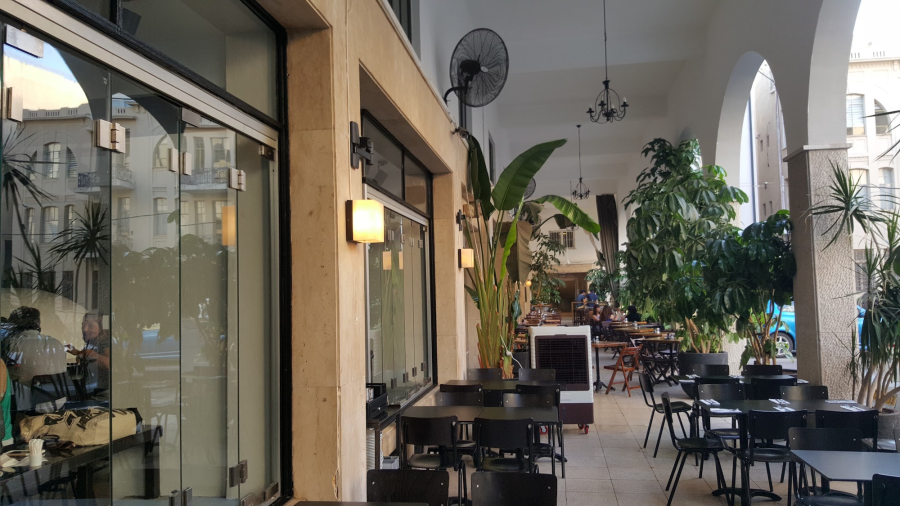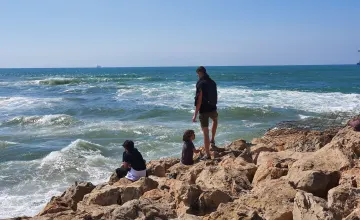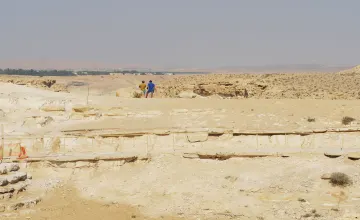The Hurva Synagogue is located in the Jewish Quarter in Jerusalem's Old City. The synagogue was built in the 18th century, and has gone through many upheavals: It was destroyed by Muslims, rebuilt in the 19th century, destroyed again, and in 1948 - after the Old City was occupied - it was renovated yet again, and it was reopened in March 2010.
A sound and light show is screened on the structure's eastern wall, surveying the synagogue's 800-year history (the show is presented free of charge in the evening hours).
The Hurva Synagogue is named after Rabbi Yehuda he-Hasid, who headed Poland's Jewish community in the 18th century. Rabbi Yehuda he-Hasid immigrated to the land of Israel, with his students, some 300 years ago, to advance the Messianic Era. The rabbi and his students bought an abandoned plot on which to build a synagogue, financed by loans which they used to pay the landowners. Rabbi Yehuda he-Hasid died just days after an acquisition agreement was reached; his students remained a flock without a shepherd, but were able to raise funds from the Diaspora and take out loans from local Arab residents in order to continue the plan to construct a splendid synagogue. After some twenty years, Muslims set the synagogue and the Torah scrolls in it ablaze, claiming that they were not paid what they had been owed, and that the place had become The Ruin of Yehuda he-Hasid. Because of the debt, the Ashkenazi Jews were expelled from Jerusalem and those who wanted to enter the city had to disguise themselves as Sephardic Jews - in dress and style - so as not to be identified.
After 140 years, during Turkish rule, the decree against Ashkenazi Jews was reversed and construction of the synagogue was renewed, funded by Moses Montefiore and Baron Alphonse, a brother of Baron Edmond Benjamin James de Rothschild. The structure of the splendid synagogue was planned in the neo-Byzantine style, which characterized many houses of worship throughout the Ottoman Empire and included four square towers with four 16-meters arches between them. Over the arches rose a large, spectacular dome. The synagogue became a spiritual center in Jerusalem's Old City, until the 1948 War of Independence. During the war, the synagogue was bombed, the structure collapsed and was destroyed, and only two pillars remained standing. After the 1967 Six Day War, as part of renovation activities in the Jewish Quarter, wide-spread construction work commenced, alongside archaeological digs in which artifacts from different eras were discovered, including: Mikvehs (ritual baths) from the time of the Second Temple and a street from the Byzantine Period, which are displayed in the synagogue basement. The synagogue was inaugurated and reopened on March 15, 2010.









